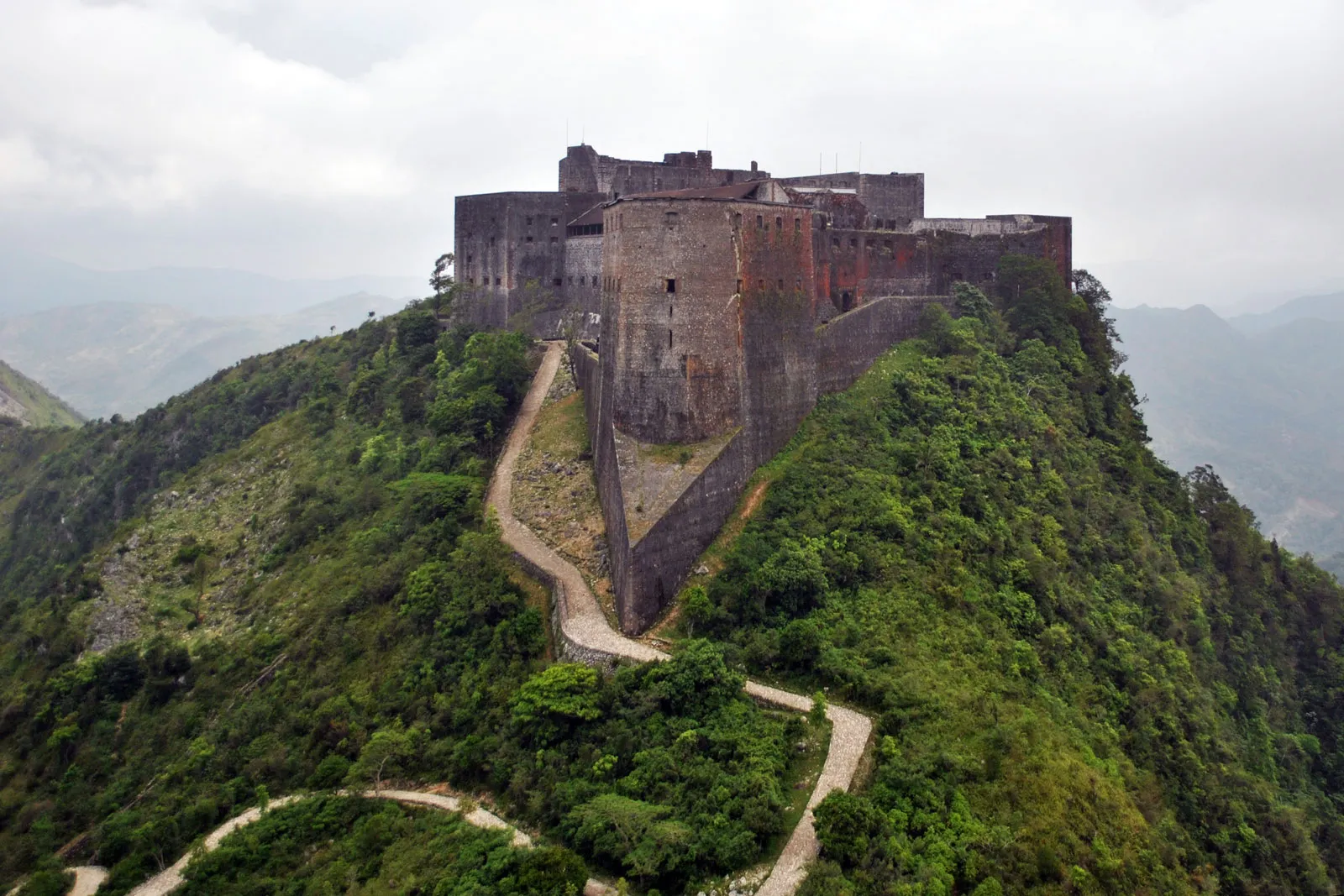Haiti, Pre-Colonization to Today

Introduction:
Haiti, located on the western part of the island of Hispaniola in the Caribbean Sea, has a rich and complex history that dates back to the pre-Columbian era. It has witnessed colonization, revolution, political upheavals, and natural disasters that have shaped its modern-day landscape. This encyclopedia aims to provide a comprehensive overview of Haiti’s history, covering its political climate, geography, culture, and major events from 1492 to the present day.
Table of Contents:
- Pre-Columbian Era (Before 1492):
- The indigenous Taíno and Ciboney peoples.
- The arrival of Christopher Columbus.
- Colonization (1492-1804):
- Spanish rule and the decline of indigenous populations.
- The rise of the French colony of Saint-Domingue.
- The plantation economy and the role of African slaves.
- The impact of the Haitian Revolution on global abolitionism.
- The Haitian Revolution (1791-1804):
- The rise of revolutionary leaders, including Toussaint Louverture and Jean-Jacques Dessalines.
- The abolition of slavery and the establishment of the independent nation of Haiti.
- The significance of the Haitian Revolution as the first successful slave uprising in the Americas.
- Early Independent Haiti (1804-1843):
- The challenges of nation-building and economic struggles.
- The political leadership of Henri Christophe and Jean-Pierre Boyer.
- Foreign interference and diplomatic isolation.
- The Kingdom of Haiti and The Republic (1844-1915):
- The period of political instability and various regimes.
- The U.S. occupation of Haiti (1915-1934) and its impact on Haitian society.
- The rise of the Duvalier family and the era of François “Papa Doc” Duvalier and Jean-Claude “Baby Doc” Duvalier.
- The Duvalier Dictatorship and Beyond (1957-1986):
- The repressive regimes of the Duvaliers and their impact on human rights and politics.
- The rise of opposition movements and the struggle for democracy.
- The overthrow of Jean-Claude Duvalier in 1986.
- Post-Dictatorship Haiti (1986-2004):
- The transition to democracy and the rise of political instability.
- The role of international aid and foreign intervention.
- The Aristide presidency and its challenges.
- Modern Haiti (2004-Present):
- The 2004 coup d’état against Jean-Bertrand Aristide.
- The devastation caused by the 2010 earthquake and international relief efforts.
- The political climate and economic challenges in the 21st century.
- Geography and Environment:
- The geographical features of Haiti, including mountains, rivers, and coastline.
- Environmental issues such as deforestation, soil erosion, and natural disasters.
- Culture and Society:
- The rich cultural heritage of Haiti, including music, art, and literature.
- The influence of Vodou and religion in Haitian society.
- Challenges in education, healthcare, and poverty alleviation.
Conclusion:
The history of Haiti is one of resilience, courage, and continuous struggles. From its origins as a colony built on slavery to becoming the first independent black republic in the world, Haiti has faced numerous challenges, both internally and externally. Today, the nation continues to strive for stability, prosperity, and a brighter future despite the hardships it has endured. Understanding the historical context of Haiti is essential to appreciate its unique cultural identity and its place in the global community.
About The Author
Dimwen Social Network<span class="bp-verified-badge"></span>
Why Join Dimwen Social Network Community?
We make it super easy for you to interact with people especially your friends, put smile on your face, catch up trending news and current events. Start networking here, meet people and research new products to buy.
Meet New People in Our Community
Be Simple, Be Social, Be There Where You Want To Go And Decide Where You Belong. Dimwen Social Network!
Find People with Your Same Interests
Our social network platform makes it easier for you to find people with your same background and culture, shared interest, and goal. State your interest in your bio and get connected.






